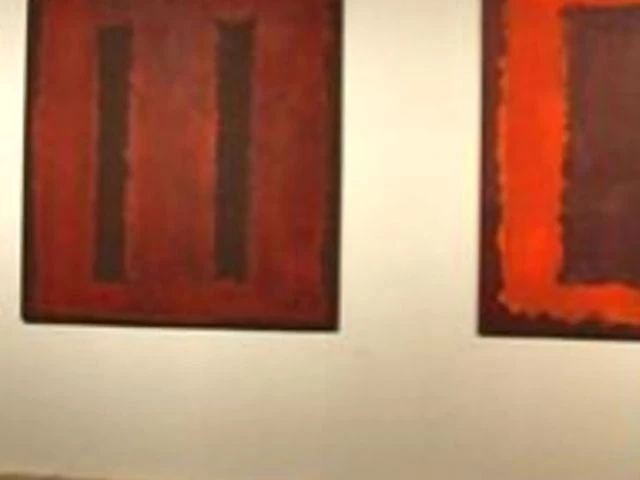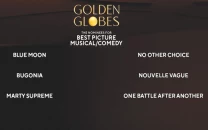Child damages $56 million Rothko painting at Rotterdam museum
Public access to high-value works sparks renewed debate in the art world

A painting by renowned American artist Mark Rothko, valued at up to €50 million (£42.5 million), has been damaged by a child at the Museum Boijmans Van Beuningen in Rotterdam.
The artwork, "Grey, Orange on Maroon, No. 8", suffered superficial scratches during what the museum described as an “unguarded moment”.
A spokesperson for the museum confirmed that small scratches are visible in the lower, unvarnished portion of the canvas. The piece had been on public display in the Depot, the museum’s accessible storage facility.
“We are currently researching the next steps for the treatment of the painting,” the spokesperson said. “Conservation expertise has been sought both in the Netherlands and internationally.”
Despite the damage, the museum remains hopeful. “We expect that the work will be able to be shown again in the future,” the spokesperson added.
Sophie McAloone, conservation manager at the Fine Art Restoration Company, noted that Rothko’s "modern unvarnished" paintings are particularly fragile. “Even the smallest areas of damage are instantly perceptible,” she said.
"In this case, scratching of the upper paint layers can have a significant impact on the viewing experience of the piece," Ms McAloone said.
Jonny Helm a market manager at the art restorers Plowden & Smith said the incident raises concerns for UK institutions considering more open-access displays. “How will this event affect other UK institutions who are opening up their archives in the same way?” he asked.
Helm added that restoring a Rothko is no easy feat. “His mixture of pigments, resins and glues were quite complex. The lack of varnish makes it more vulnerable.”
The incident echoes a previous case in 2012 when another Rothko painting, "Black on Maroon", was defaced at Tate Modern. The vandal, Wlodzimierz Umaniec, was sentenced to two years in prison, and it took 18 months and roughly £200,000 to restore the work.
The current damage is less severe, but experts acknowledge that even minor imperfections can significantly affect the viewing experience of Rothko’s abstract pieces.
Rachel Myrtle, Head of Specie and Fine Arts at insurance broker Aon, said that fine art policies generally provide comprehensive cover for physical loss or damage, including accidental harm caused by children or other visitors, although some exclusions may apply.
In the event of damage, insurers typically assign a fine art loss adjuster to assess the situation on site. The adjuster will examine the artwork, review available CCTV footage to identify the cause, and explore appropriate conservation methods, Myrtle explained.
The Museum Boijmans Van Beuningen has not disclosed who might be held liable for the recent incident involving Rothko’s 1960 work, reportedly acquired by the museum in the 1970s.
The institution has previously asked visitors to cover repair costs following damage to artworks.
In 2011, a tourist who accidentally stepped on Pindakaasvloer (Peanut Butter Floor), a conceptual piece by Dutch artist Wim T. Schippers, was asked to pay for restoration.At the time, museum spokesperson Sharon Cohen told Algemeen Dagblad: “It is normal procedure for people to pay if they damage art.”
Grey, Orange on Maroon, No. 8 is an example of colour field painting, a style defined by large areas of solid colour that dominate the canvas. The painting is one of several high-profile modern works to have been damaged in the Netherlands in recent years.
In late 2024, several Andy Warhol screen prints were harmed during a failed robbery at the MPV gallery in Oisterwijk. Separately, a Dutch town hall acknowledged last year that it had likely thrown away 46 artworks—including a Warhol print of the former Dutch queen—during building renovations.
Museums vary in how they respond to incidents involving children. In August 2024, a four-year-old boy accidentally shattered a 3,500-year-old jar at the Hecht Museum in Israel. Staff chose not to pursue the matter strictly, instead inviting the child and his family back for a guided tour.
























COMMENTS
Comments are moderated and generally will be posted if they are on-topic and not abusive.
For more information, please see our Comments FAQ